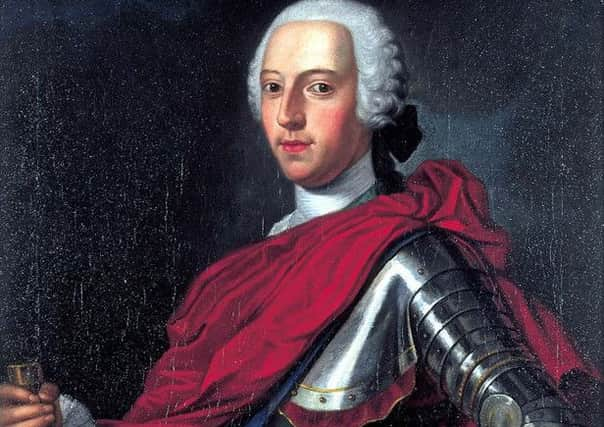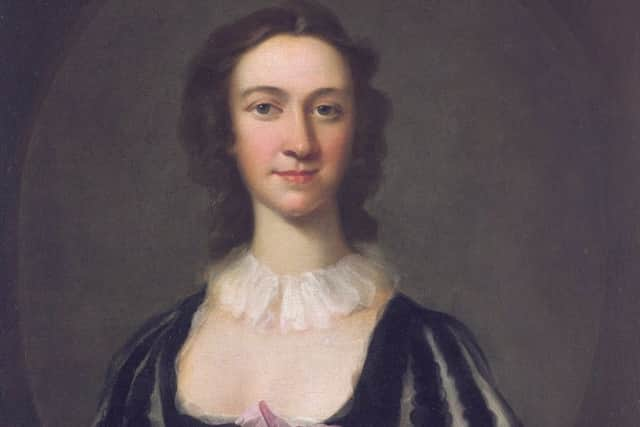On this day 1746: Young Pretender escapes Benbecula


In the aftermath of the disastrous Battle of Culloden, Prince Charles Edward Stuart and what remained of his Jacobite army were on the run and fighting for their lives.
The leader of the second Jacobite rebellion deserted his men and spent the following five months in the Western Highlands attempting to evade the Duke of Cumberland’s forces.
Advertisement
Hide AdAdvertisement
Hide AdIt was on the Isle of Uist that he famously met Flora MacDonald, a 24-year-old woman whose fiancée and step-father fought for the Hanoverians.


But despite her affiliations, she assisted the prince in his escape to the Isle of Skye, and, ultimately, on to France.
Charles disguised himself as an Irish spinning maid by the name of Betty Burke and boarded a boat from Benbecula with Ms MacDonald. The historic journey would one day be immortalised in the ‘Skye Boat Song’.
The Young Pretender would never return to Scotland. He died in Rome on January 31 1788, a drunken and embittered man.


Flora was subsequently arrested for aiding Charlie and spent a brief spell in the Tower of London before returning home.
Marrying in 1750, she moved with her eldest children to North Carolina in 1774 to escape her bankrupt husband.
Sadly for Flora, their journey across the Atlantic coincided with the American Revolution. The MacDonalds made the bold decision to stand by the British army and consequentially lost their home and livelihoods.
Advertisement
Hide AdAdvertisement
Hide AdShe left for Scotland again in 1779, eventually making it back to Skye after her boat was captured by a group of French privateers. Flora died in 1790 and is buried on the island at Kilmuir.
The almost mythical story of Flora and the Bonnie Prince is one of Scotland’s most famous and has been passed down the generations.